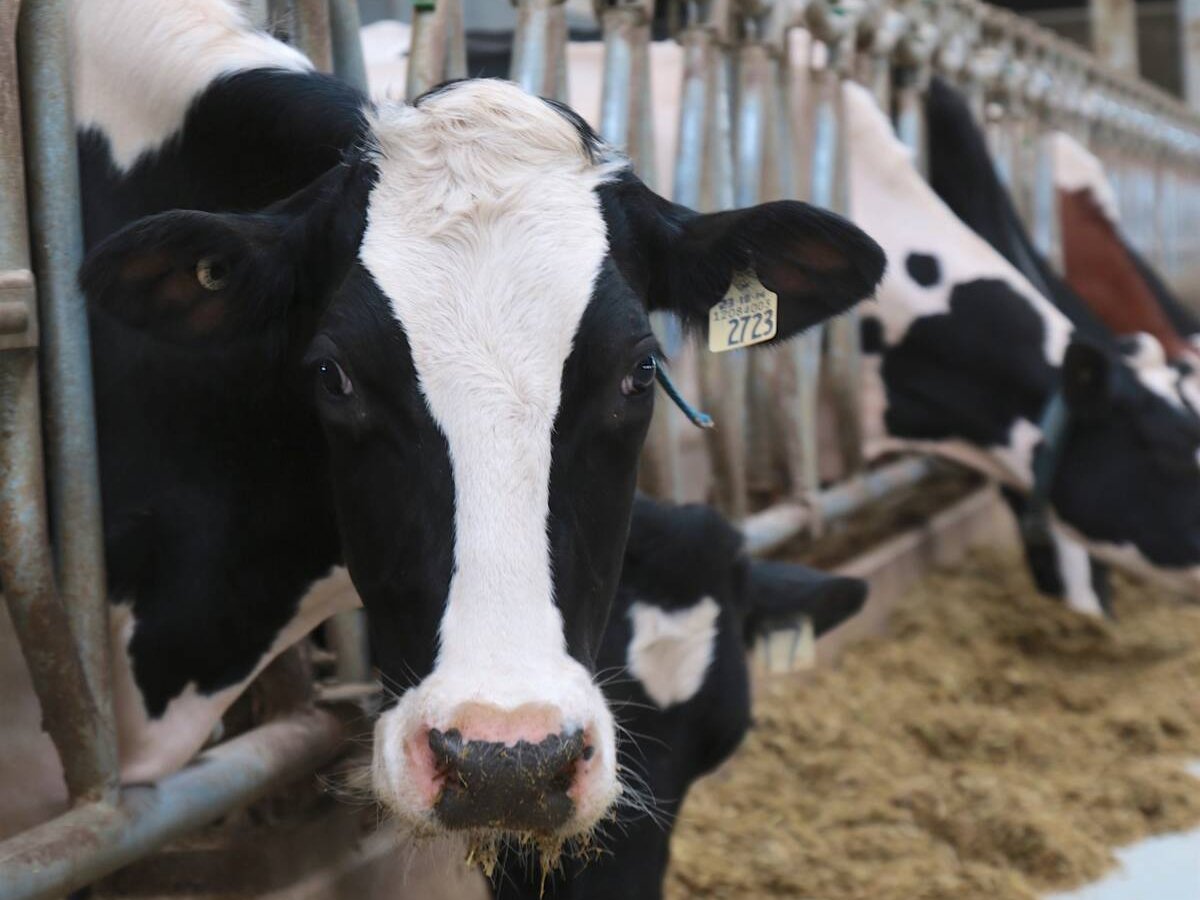It is time, says agricultural economist Rose Olfert, to once again
raise the issue of how Statistics Canada counts farmers.
The federal agency counts anyone who has sold an agricultural product
commercially in the past year and calls himself or herself a farmer. It
means that in a country with fewer than 100,000 “commercial” farms,
according to most economists, Statistics Canada says there are 346,195.
“An underlying problem in trying to understand Stats Can reports is a
serious problem with who they call a farmer,” the University of
Read Also

The Organization for Economic Co-operation and Development lauds Canada’s low farm subsidies, criticizes supply management
The Organization for Economic Co-operation and Development lauded Canada’s low farm subsidies, criticized supply management in its global survey of farm support programs.
Saskatchewan economist said in a Nov. 25 interview.
“To try to infer something about the industry from the total number of
farmers as they count them is really a stretch.”
Olfert was commenting on the latest batch of analysis published from
the 2001 census of agriculture, this time showing that the number of
farmers under 35 years of age has fallen by half in the past decade
while the mean age of farmers is rising.
“Whether the picture is viewed in absolute or relative terms, farm
operators are a greying population,” said the agency in its report.
But the census also reported that 128,000 Canadian “farmers” had gross
receipts of less than $25,000 and more than 69,000 had receipts of less
than $10,000.
Stephen Boyd from Statistics Canada said Nov. 25 that there is a
definite connection between the size of the farm and the age of the
operator.
“It certainly is true that the older operators tend to have the smaller
farms,” he said. Casting such a wide net makes the farming population
look older than it is when confined to more commercial farms.
“The younger operators are disproportionately represented in the over
quarter of a million dollars in sales,” said Boyd. “That was the only
classification in which the mean age of farmers actually declined.”
And for Olfert, that tells the story. She said the census could just as
easily be interpreted as a sign older farmers are hanging onto their
small piece of land, producing a bit of crop or keeping a few animals
to stay in the business.














